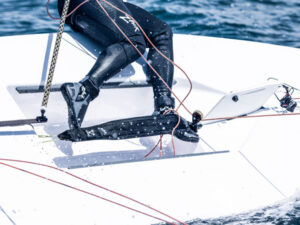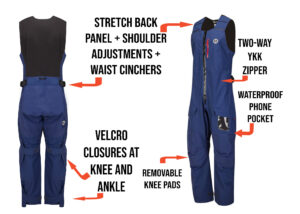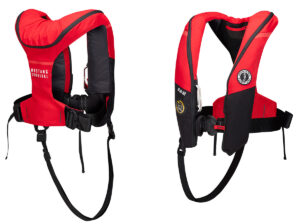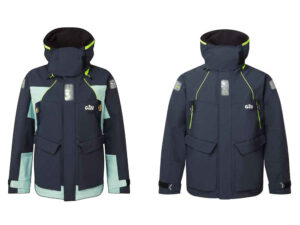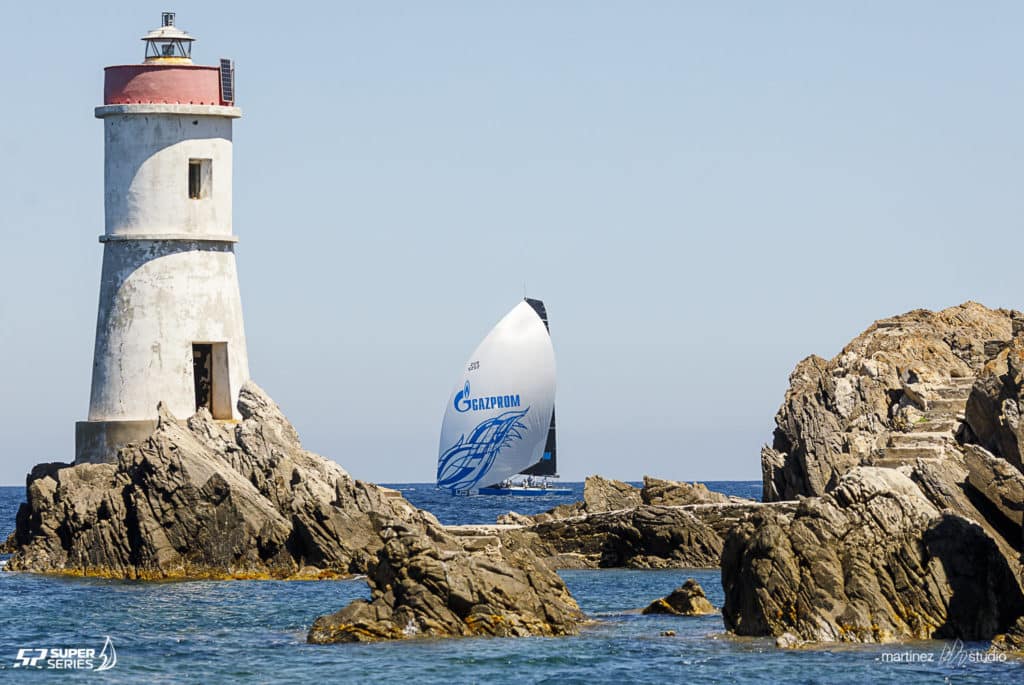
A coastal overnight or distance race is a lot of fun, but can be extremely challenging because of its proximity to shore and its (generally) shorter length. Depending on the racecourse’s twists and turns, the navigator will not get much sleep, and the same is often true for the sailing team. The shorter race length puts a priority on keeping the crew’s weight on the rail rather than down below in the bunks. In other words, your off-watch crew may be in for a bit of weather-rail snoozing.
Rule No 1: Know before you go
As with any race, preparation is key. Along with the customary study of the weather, current, and general local knowledge that’s part of any race preparation, the navigator should do homework on the availability of wind observations on or near the racecourse. Racing close to shore means that there’s a better likelihood of a reliable Internet connection through cell phone networks, so a list of “bookmarked” URLs should be put together so these observations (airport, weather buoy, etc.) can be easily tracked during the race. If there’s current information (charts or models) available that too should be part of your briefing.
Another pre-race task is loading the race’s waypoints into the boat’s navigation program. The benefit is two-fold. Firstly, you can start to do route optimization and distribute the results to the crew so they can begin their preparation. From these studies, the crew will be better able to decide what goes into their duffel bag, plan the provisioning, and organize the quiver of appropriate race sails. It also helps get everybody’s head into the game. Before leaving the dock, you want everyone on the boat familiar with the racecourse, and the tactical possibilities.
In the pre-race meeting the team should review the course on a chart or large format printout. If there are a lot of twists and turns to the course, make a laminate or two of a simple racecourse picture that can be kept up forward, so that it’s not just the afterguard thinking about where the boat is on the course, the next leg, and sail-change considerations. The goal in a multiple-leg course is for everybody to be thinking at least one leg ahead, which helps prevent last-minute surprises.
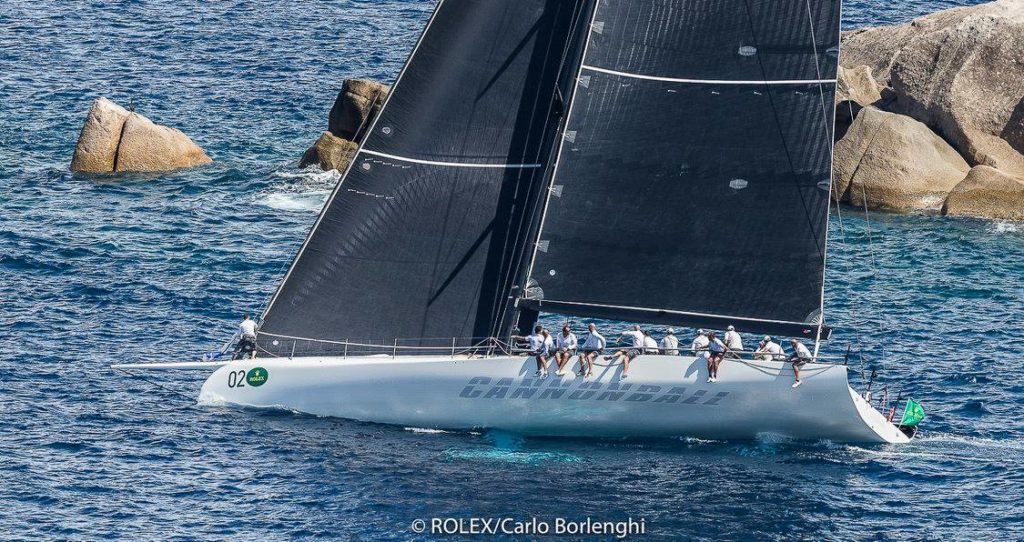
Rule No. 2: Stack sails in order of deployment
At the pre-race meeting the team should agree on the loading of stores into the boat interior, e.g., sails loaded 60-to-40 to starboard, or in the middle of the fore-and-aft range. Because moving sails and equipment for ballasting purposes is prohibited, it pays to be organized as to where things are stowed, and also have a stowage plan as each sail goes up and down.
Keep this sort of racecourse communication going throughout the race so the crew can have the next maneuver (and sail options) in mind. The more maneuvers and sail changes there are on a course, the bigger the premium on really nailing this aspect of the race. One good practice is to display layline time (or mark time) on the instruments where everybody can see it. With this information the crew knows, for example, when the next mark (say, a 90-degree left turn) is 20 minutes out, and it’s time to really be thinking about that next sail call and getting all the sheets rigged correctly.
Rule No. 3: If it’s short, go long
Be realistic about your sail changes and their “cost/benefit.” That in-line jib change, which is relatively easy in smooth water and daylight, can be a lot more time consuming at night in big waves. In such conditions, with another course and sail change coming up quickly, it’s often better to hang in with the wrong sail than to pay the penalty associated with a change to the right sail. In shifty conditions, keep to the “five-minute rule” (if the shift is substantial, wait 5 minutes to make sure it’s permanent and real) as much as possible, avoiding unnecessary sail changes.
If the coastal race is long enough to require a watch system, it will likely be different in structure than for a longer ocean race. Rather than having 50 percent of the crew on watch and 50 percent off watch, you will want to employ a power-rotation type system where a higher percentage of crew is on watch. This means less sleep time for the off-watch, but that’s a given in this type of course. But rest is important, even in these shorter, sprint-style races, so be thinking about which of the legs are long enough to get the crew a good catnap in a bunk, and have the skipper or watch captains get creative in sending people below if necessary. Sometimes, only the drivers and trimmers may get some real bed rest.
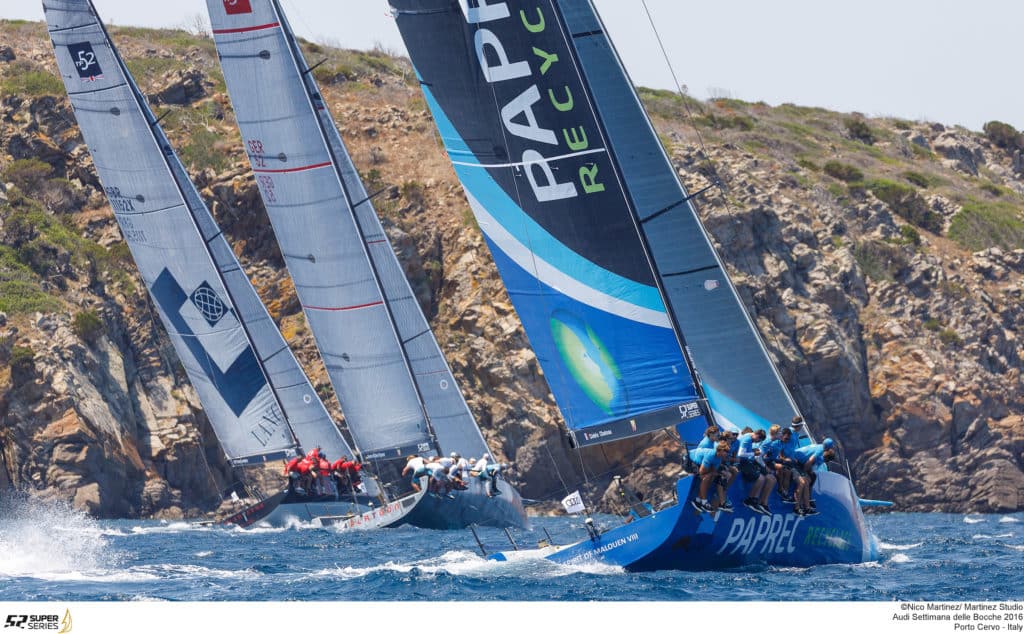
Rule No. 4: Beware the night trap
By definition, a coastal race is near a shoreline where geographic wind shifts—bending and acceleration (or deceleration) are commonplace. Some of this can be predictable, for example when the wind parallels a mountainous coastline, the headlands and points will likely have good “puff” while the bays in between can be lighter. So it pays to look at the chart and come up with a theory on how the geography will affect the wind. But always keep an open mind; your theory may not pan out. The bottom line is you should expect changes to the wind as you get closer or farther from the land, and you should be tactically sensitive to these changes. For example, beating along a coastline at night, be extra vigilant for wind changes.
If the wind speed starts dropping as you sail on the tack converging with the land, for example, then tack back out and see if it increases again. If so, you may have discovered a common coastal trap: At night the wind is often lighter closer to shore than offshore. A caveat to that rule is in an offshore wind condition where sometimes the best puffs are right in close to shore, especially if the coastline has some elevation inland. Air likes to sink at night and “drain” back to the coast.
In the daylight hours, a lot of our racing takes place in sea breeze conditions. As with many different local and mesoscale wind conditions, it pays to have more than a rudimentary understanding of meteorological principals and the dynamics of these wind features. If you can, through study before the race, try to have a feel for how far offshore the sea breeze will exist, and how the gradient wind will be filling in beyond its reach. Remember that at the outer edge of this band, the wind can be quite light as the local thermal wind transitions back to the gradient wind. Depending on the time of day and stage of the sea breeze cycle, you will likely want to avoid this transition zone. And, especially in the building phase of the sea breeze, the wind may be stronger near the shore.
 |
Subscribe Now and Save 58% |
Rule No. 5: Don’t bum the rhumb
Unlike offshore races where “flyers” are more commonplace because of the wide playing field, a coastal race requires real rhumbline discipline. Shorter legs mean there’s less chance that a new wind is going to develop in time to save the guy who sailed all that extra distance to get far offshore. If the leg is a “fetch,” the helmsman and trimmers should be really cognizant of the bearing to the next waypoint and have a very good reason for deviating more than 5 or 10 degrees from rhumbline. A racecourse with more turning marks provides more opportunity to gain by sailing the shortest distance and avoiding suffering into a turn at a “bad” angle.
A helmsman trying to minimize extra distance on a reach should also be aware of the difference between heading and course over ground (compass error, leeway, and current all come into play here) so that the desired course can be achieved. And just as it’s a near given that the wind will change near the shore, so too will the current. Again, studying the chart and bottom contours may help you come up with a theory on how the current will run. Compressed against a shore, an “along-shore” flow can actually accelerate near the coast. This is contrary to the general notion that current runs stronger in deep water. It may be that you have to get quite close to the beach before you see any diminishing of the current flow. Again, be aware that there will be differences and watch for them (on your instruments and on buoys or fishing pots) as you are sailing along the coast.
The bottom line is that coastal races require an organized sailing team that leaves little extra distance or extra time on the racecourse. The afterguard must be highly observant and open minded to changes in conditions brought on by the proximity to the shoreline. Even if the wind shifts in an unexpected fashion, the teams that are watching and waiting for changes will be able to better capitalize.


